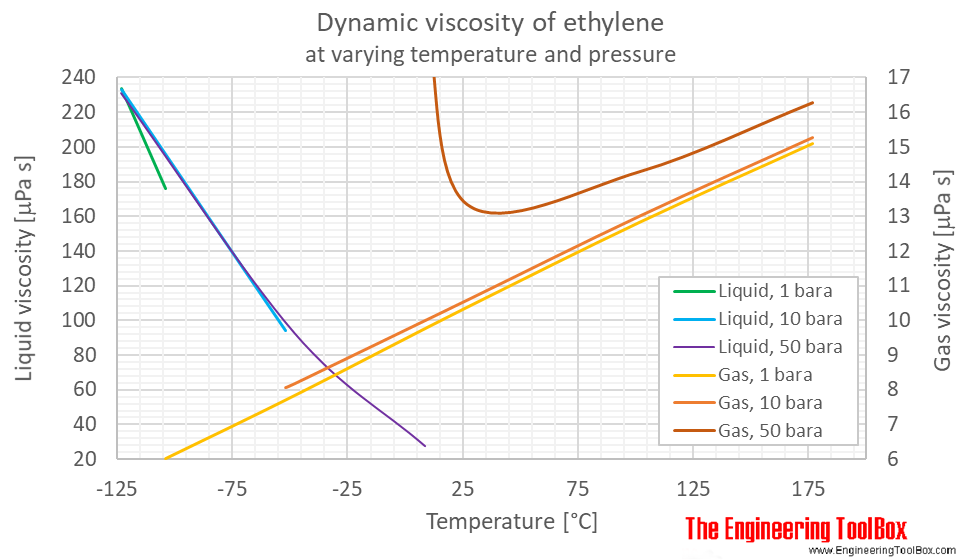

In low volume fractions, temperature has a weaker effect on thermal conductivity. The results show that since Brownian motion increases with raising temperature, an increase in volume fraction at higher temperatures has a greater role in increasing thermal conductivity. At the end, a model was proposed for calculating thermal conductivity of the nanofluid, based on existing data. zinc oxide silver ZnO-Ag (50%-50%), is presented in a diagram. The effect of volume fraction (0.125-2%) and temperature (25-50 ☌) on thermal conductivity of nanofluid was examined on thermal conductivity of a hybrid nanofluid, i.e. In this paper, a two-stage method, along with an ultrasonic device, a magnetic mixture, and acidity control technique were used to produce ZnO-Ag/water nanofluid and the test results, along with results from data analysis are presented by diagrams and tables. Investigations showed that maximum value for the margin of deviation for the proposed equation was equal to 8%, which is acceptable for an experimental equation. Due to the lack of a precise and appropriate equation for the prediction of dynamics viscosity of silver/ethylene glycol nanofluid, an equation was provided based on the measurement results, which was a function of volume fraction and temperature. Relative viscosity of the nanofluid increased approximately by 88.46, 90.44, 83.25, and 82.06% by increasing the volume fraction from 0.25 to 2% at 40, 45, 50, and 55 <, respectively. On the other hand, dynamic viscosity of the fluid decreases with increasing temperature. According the results, dynamic viscosity increases with increasing the volume fraction. Dynamics viscosity of nanofluid is measured using the DVI PRIME Brookfield digital viscometer which has a doublewall cylindrical container. In this experiment, the nanofluid was exposed to ultrasound waves for various durations to study the effect of this parameter on dynamic viscosity of the fluid. This experimental study addressed developing a new model for the dynamic viscosity of silver/ethylene glycol nanofluid within the temperature range of 25–55 < for samples with volume fractions of 0.25, 0.5, 0.75, 1, 1.5, and 2%.


 0 kommentar(er)
0 kommentar(er)
